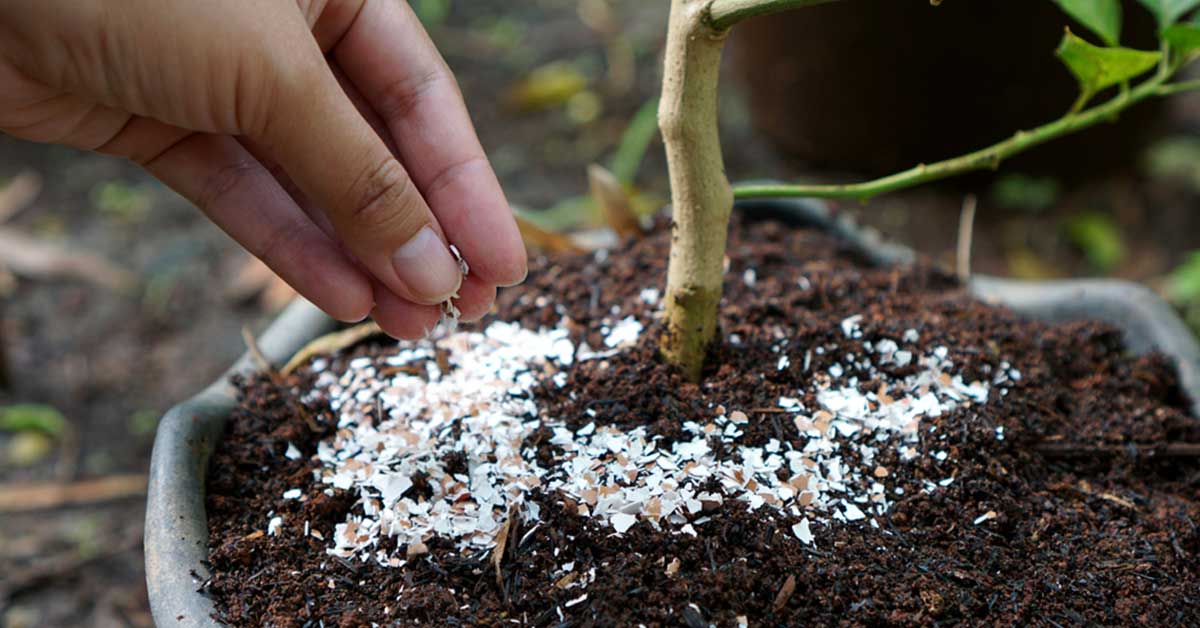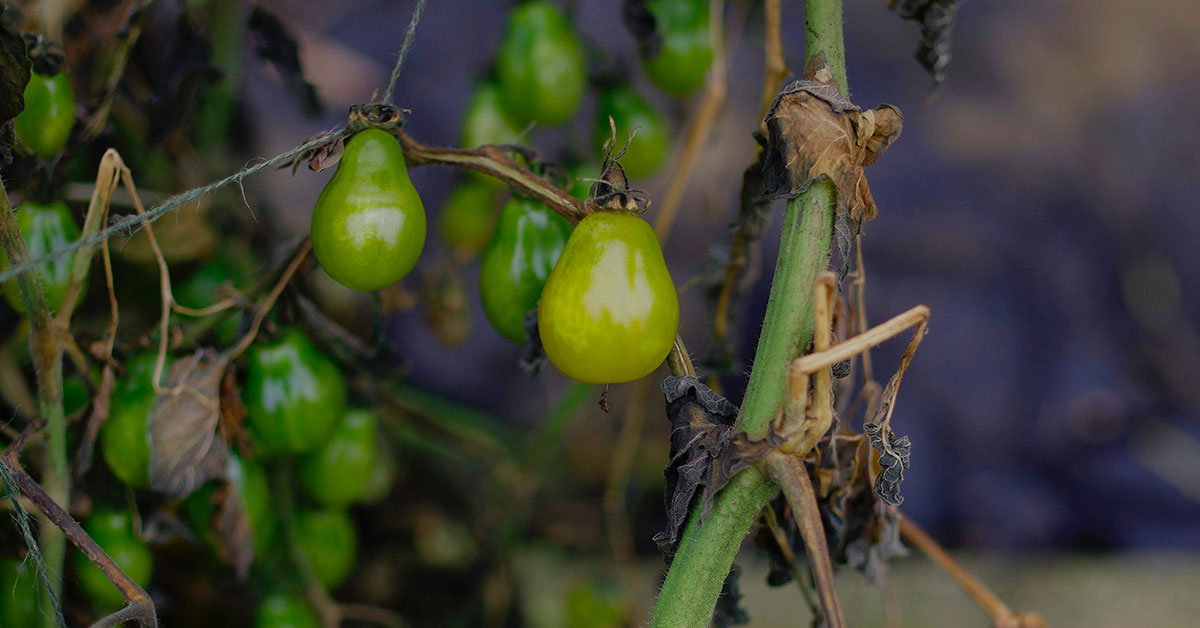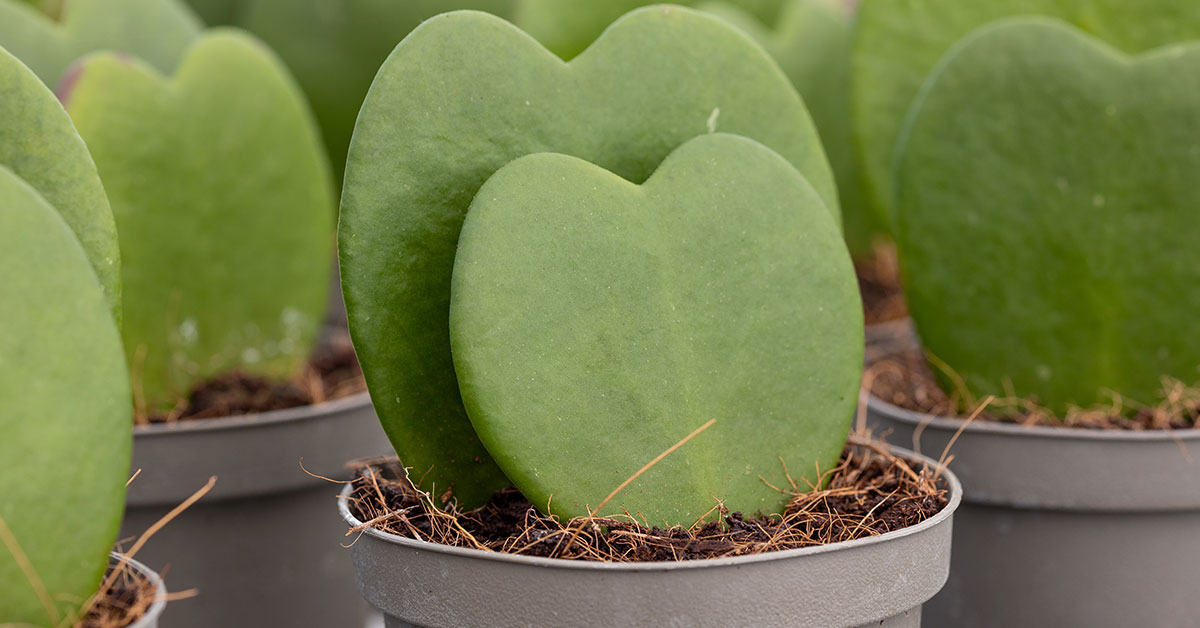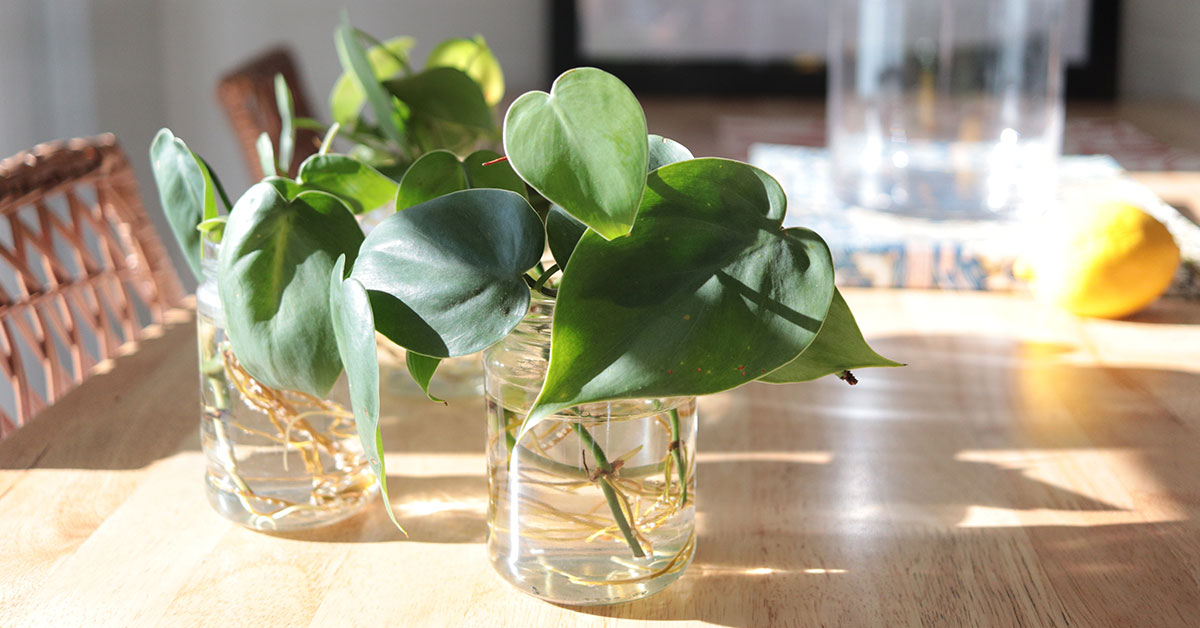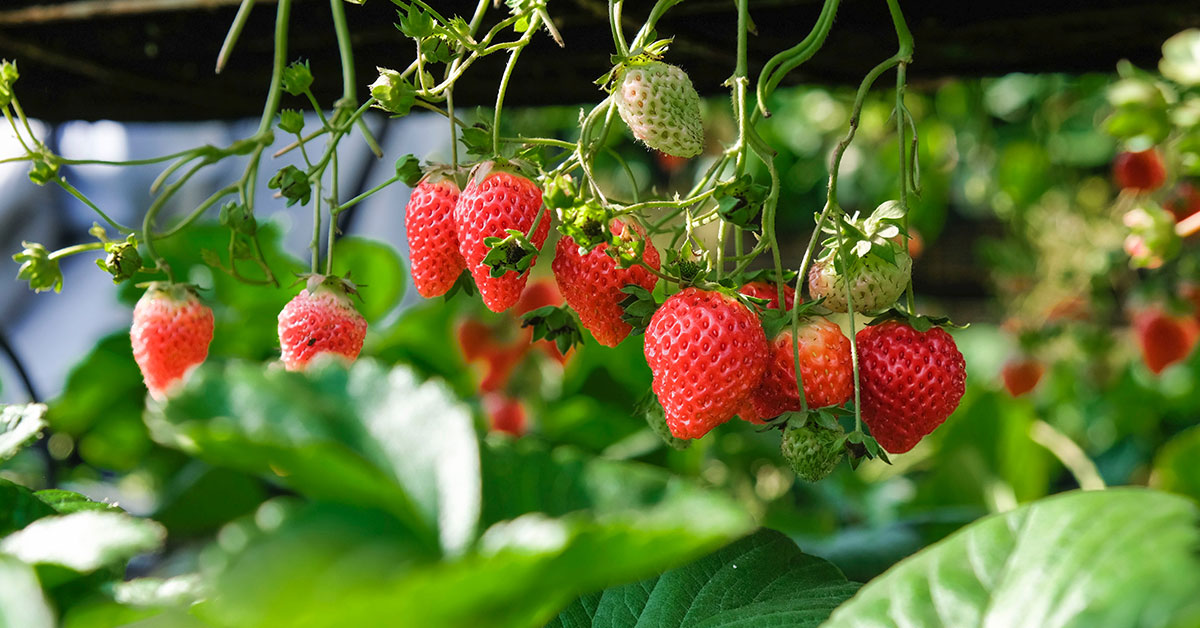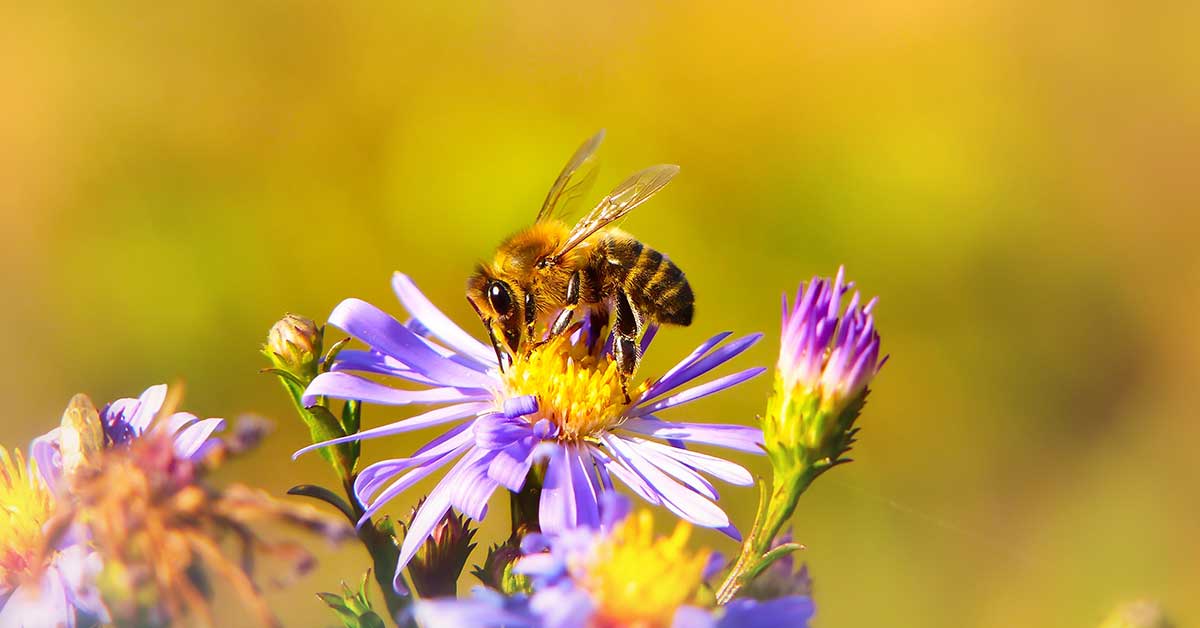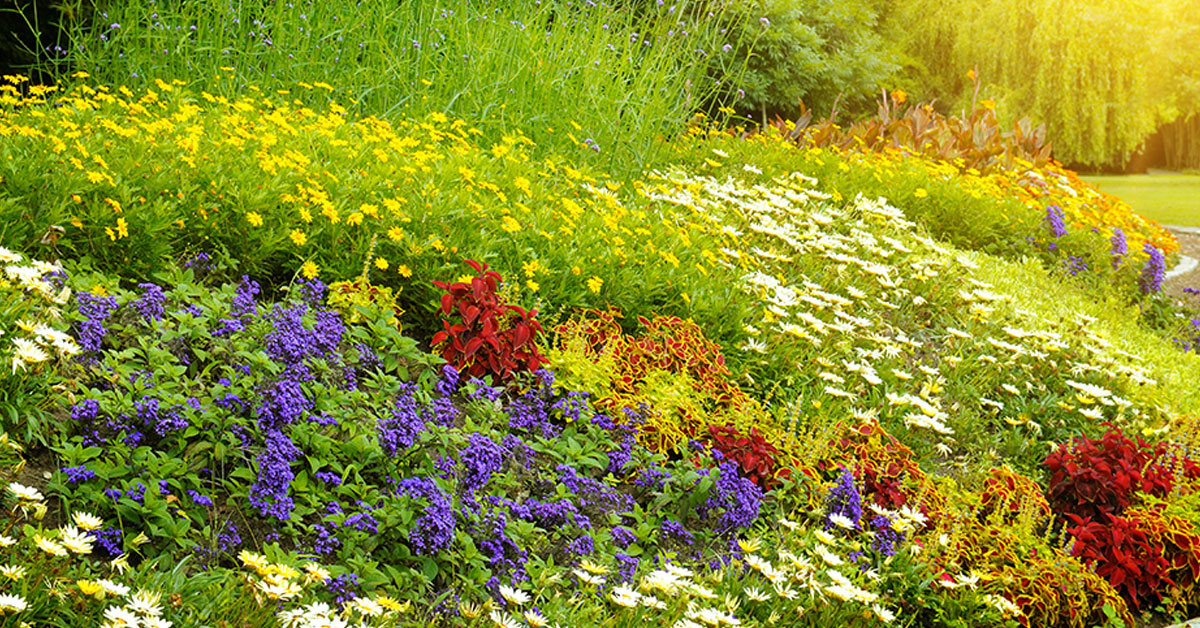Perennial flowers are a fantastic addition to any garden! They come back year after year, providing consistent beauty and structure to your garden beds. One of the best things about perennials is that many of them have long bloom periods, offering vibrant colors from spring through fall. These long-blooming perennials can create a continuously beautiful garden without the need for replanting each season.
In this article, I’m thrilled to share 17 perennial flowers that bloom from spring to fall. These flowers are not only gorgeous but also reliable and easy to care for. Whether you’re an experienced gardener or just starting out, these plants will add lasting beauty and joy to your garden. Let’s explore these wonderful perennials!
Black-Eyed Susan
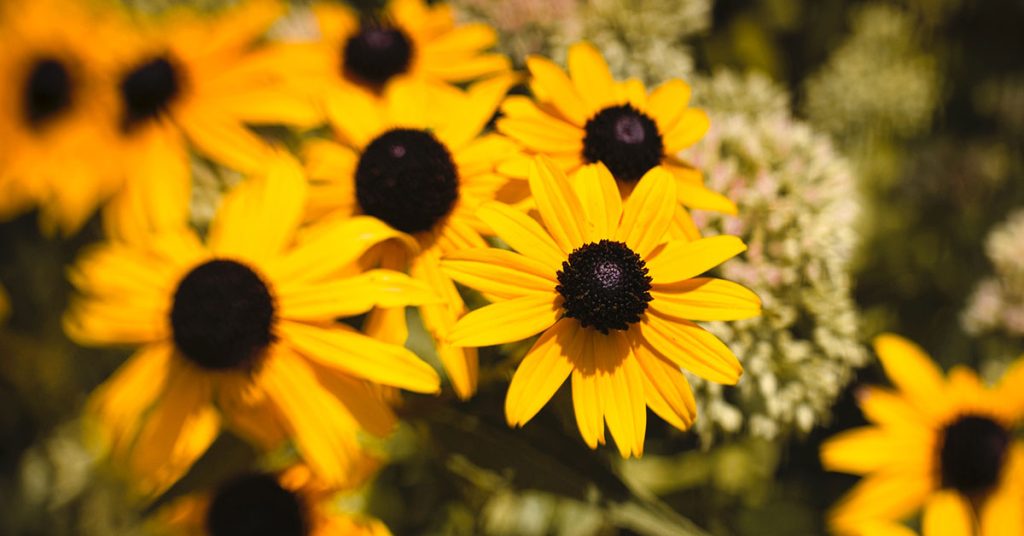
Black-Eyed Susans (Rudbeckia hirta) are a staple in many gardens due to their bright, cheerful blooms and long flowering period. These hardy plants start blooming in late spring and continue to produce flowers until the first frost. Their golden yellow petals and dark brown centers add a sunny splash of color to any garden.
To grow Black-Eyed Susans, plant them in well-drained soil and a sunny spot. They are drought-tolerant and require minimal maintenance, making them perfect for busy gardeners. Deadheading spent flowers encourages more blooms and keeps the plants looking tidy. Black-Eyed Susans are also great for attracting butterflies and other pollinators!
Coneflower
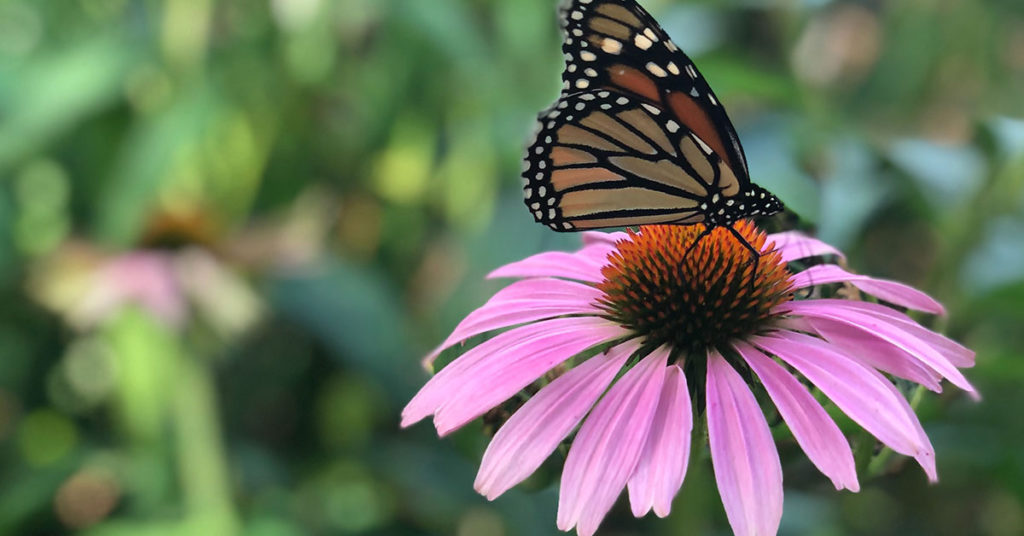
Coneflowers (Echinacea) are beloved for their daisy-like flowers and medicinal properties. These hardy perennials begin blooming in early summer and can continue well into the fall. Their vibrant petals, which come in various shades of pink, purple, white, and yellow, make a striking addition to any garden.
Plant coneflowers in well-drained soil and full sun. They are drought-tolerant and relatively low-maintenance, requiring only occasional deadheading to promote continuous blooming. Coneflowers are also known for attracting butterflies and birds, adding both beauty and wildlife to your garden!
Salvia
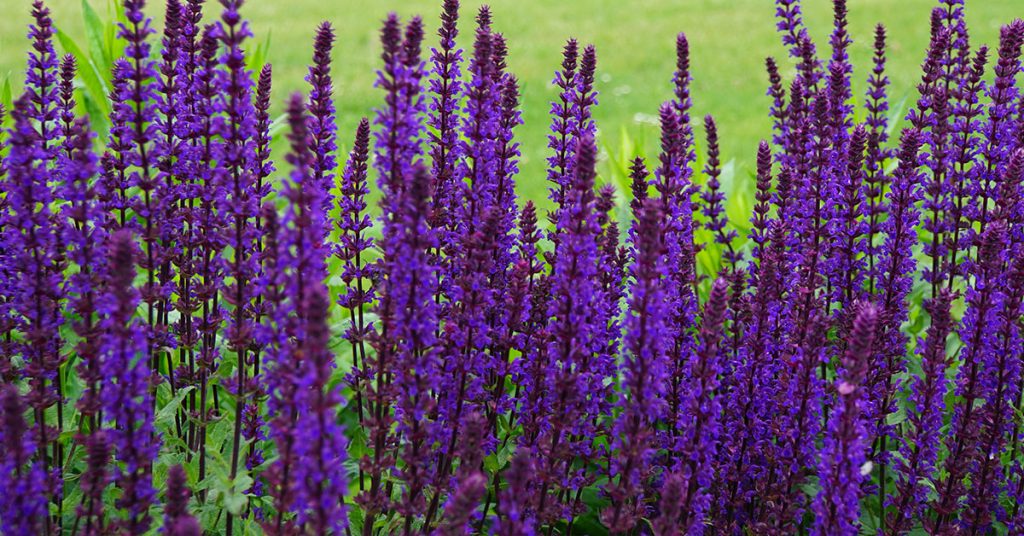
Salvia, or sage, is a wonderful perennial that produces vibrant spikes of flowers from late spring through fall. The blooms come in shades of blue, purple, pink, and red, adding a burst of color to your garden. Salvias are particularly attractive to hummingbirds and bees, making them a great choice for a pollinator-friendly garden.
To grow salvia, plant it in well-drained soil and a sunny location. Salvias are drought-tolerant and require minimal care once established. Regular deadheading will encourage more blooms throughout the season. One of my favorite salvias is ‘May Night’ for its deep blue-purple flowers and easy care!
Coreopsis
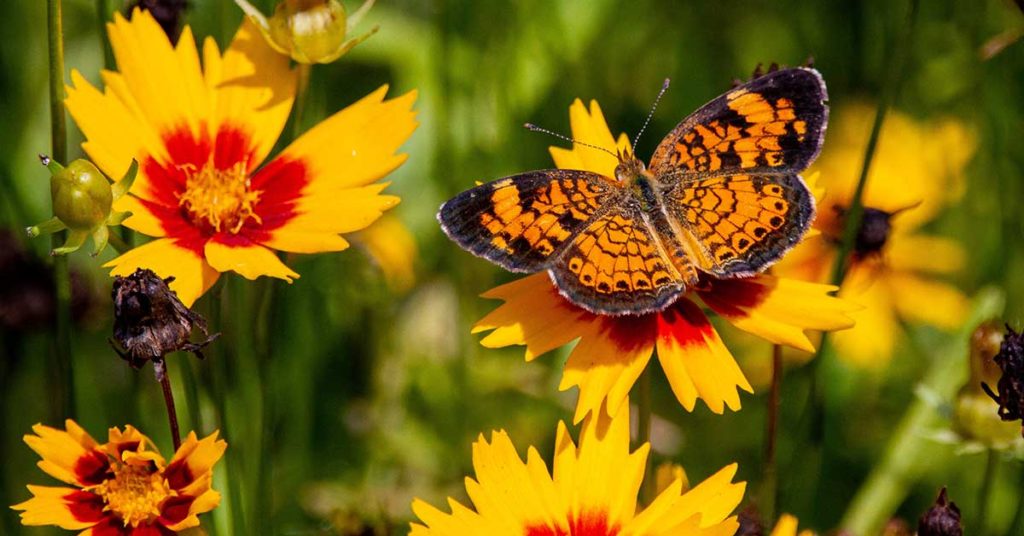
Coreopsis, also known as tickseed, is a delightful perennial that blooms from early summer to fall. Its bright yellow, daisy-like flowers bring cheer to any garden, and some varieties also come in shades of pink, red, and orange. Coreopsis is a versatile plant that can be used in borders, containers, or wildflower gardens.
Plant coreopsis in well-drained soil and full sun. It’s a hardy plant that tolerates drought and poor soil conditions. Deadheading spent blooms will keep the flowers coming all season long. Coreopsis is an excellent choice for attracting butterflies and adding long-lasting color to your garden!
Daylily
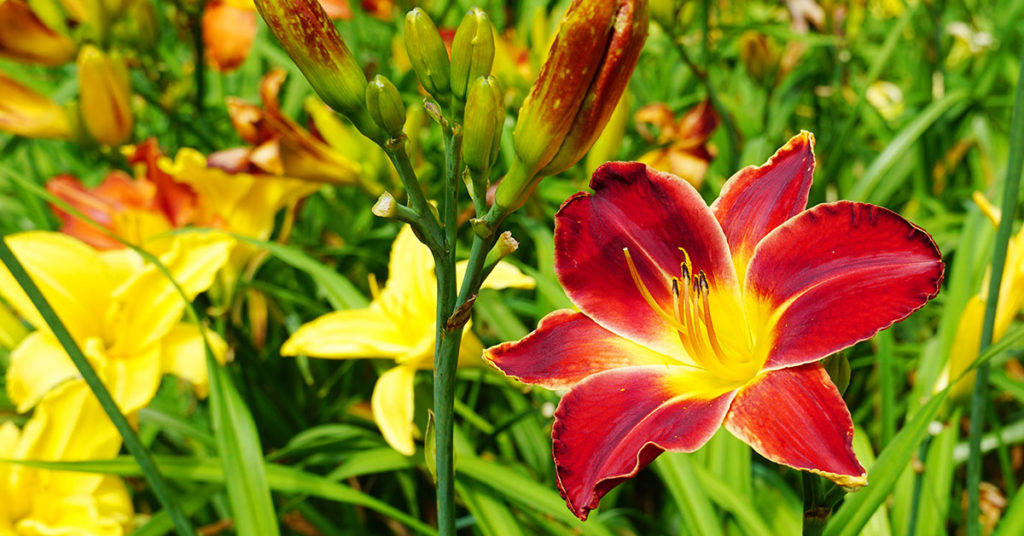
Daylilies (Hemerocallis) are a gardener’s favorite for their reliability and stunning blooms. These perennials bloom from early summer to fall, with each flower lasting only a day but being quickly replaced by new blooms. Daylilies come in a wide range of colors, including yellow, orange, red, pink, and purple.
To grow daylilies, plant them in well-drained soil and a sunny to partially shaded spot. They are incredibly low-maintenance and adaptable to various soil types. Regular deadheading can encourage more blooms and prevent seed formation. Daylilies are perfect for adding a continuous splash of color to your garden!
Blanket Flower
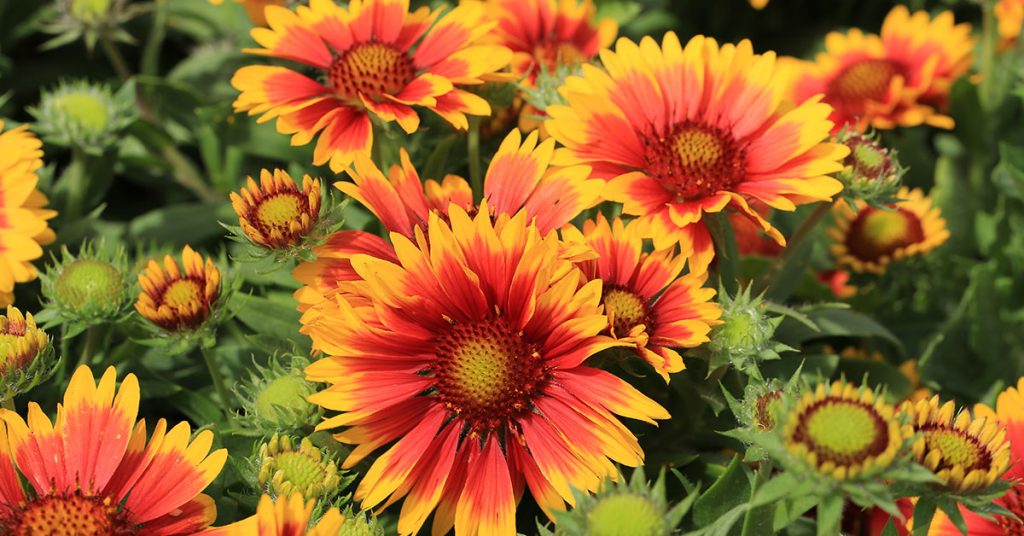
Blanket flowers (Gaillardia) are hardy perennials that bloom from late spring through fall. Their bright, daisy-like flowers feature a stunning blend of red, orange, and yellow hues, resembling the colors of a vibrant sunset. Blanket flowers are drought-tolerant and thrive in hot, sunny conditions.
Plant blanket flowers in well-drained soil and full sun. They are easy to grow and require minimal maintenance. Deadheading spent flowers will encourage continuous blooming and keep the plants looking their best. Blanket flowers are excellent for attracting butterflies and adding a warm, sunny touch to your garden!
Shasta Daisy
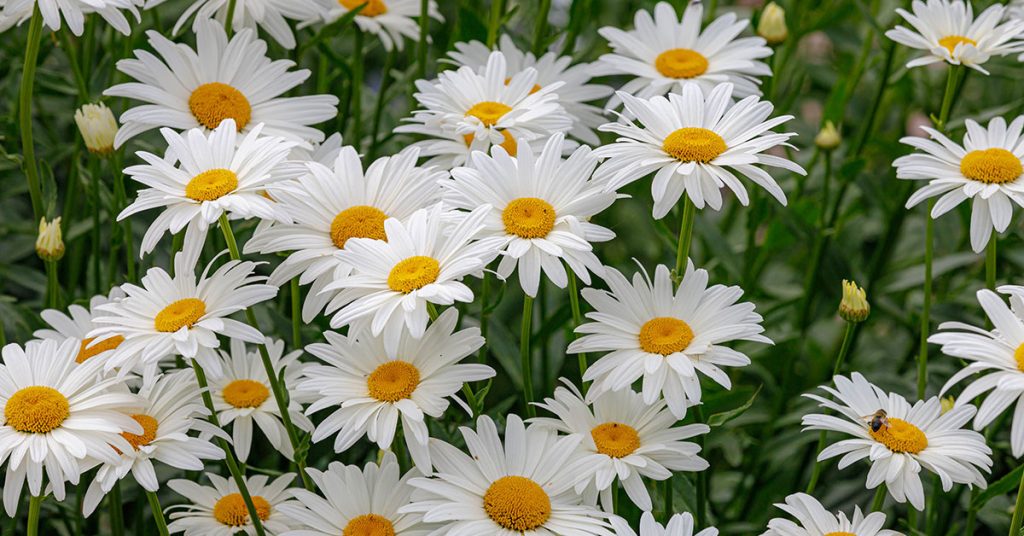
Shasta daisies (Leucanthemum x superbum) are classic perennials that bloom from early summer to fall. Their large, white, daisy-like flowers with yellow centers brighten up any garden. Shasta daisies are easy to grow and make excellent cut flowers for bouquets.
Plant Shasta daisies in well-drained soil and full sun. They are drought-tolerant and require minimal care once established. Regular deadheading will promote continuous blooming and prevent the plants from becoming leggy. Shasta daisies are perfect for adding a timeless charm to your garden!
Russian Sage
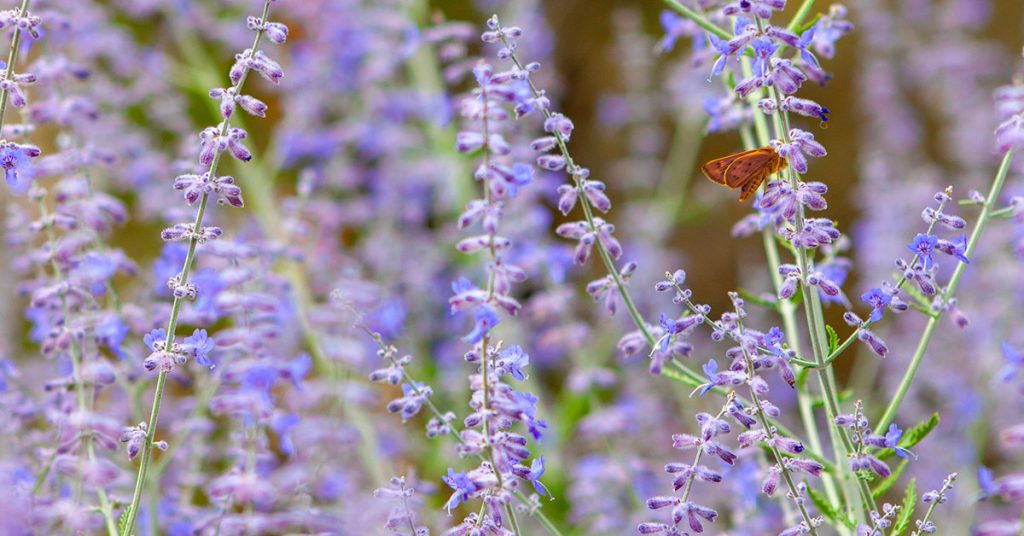
Russian sage (Perovskia atriplicifolia) is a stunning perennial with silvery-gray foliage and lavender-blue flowers. It blooms from mid-summer to fall, adding a touch of elegance to your garden. Russian sage is particularly attractive to bees and butterflies, making it a great choice for a pollinator-friendly garden.
Plant Russian sage in well-drained soil and full sun. It’s a drought-tolerant plant that requires minimal maintenance once established. Prune the plants back in early spring to encourage new growth and a bushier habit. Russian sage is perfect for adding height and a soft, airy texture to your garden!
Geranium
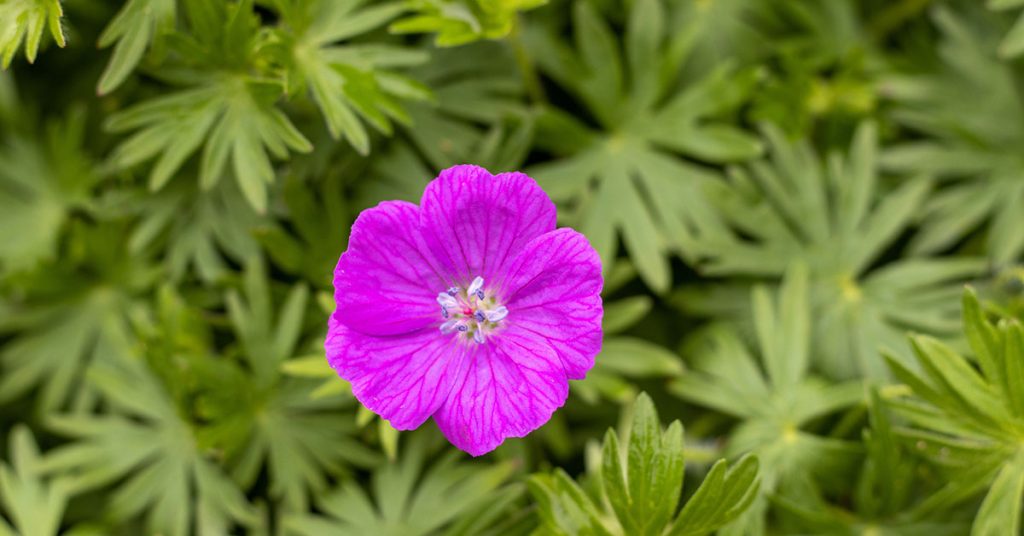
Perennial geraniums, also known as cranesbill, are hardy plants that bloom from late spring to fall. They produce charming, five-petaled flowers in shades of pink, purple, blue, and white. Geraniums are versatile and can be used in borders, rock gardens, or as ground cover.
Plant perennial geraniums in well-drained soil and full sun to partial shade. They are easy to grow and require minimal care. Deadheading spent blooms will encourage continuous flowering and keep the plants looking neat. Geraniums are perfect for adding long-lasting color and texture to your garden!
Catmint
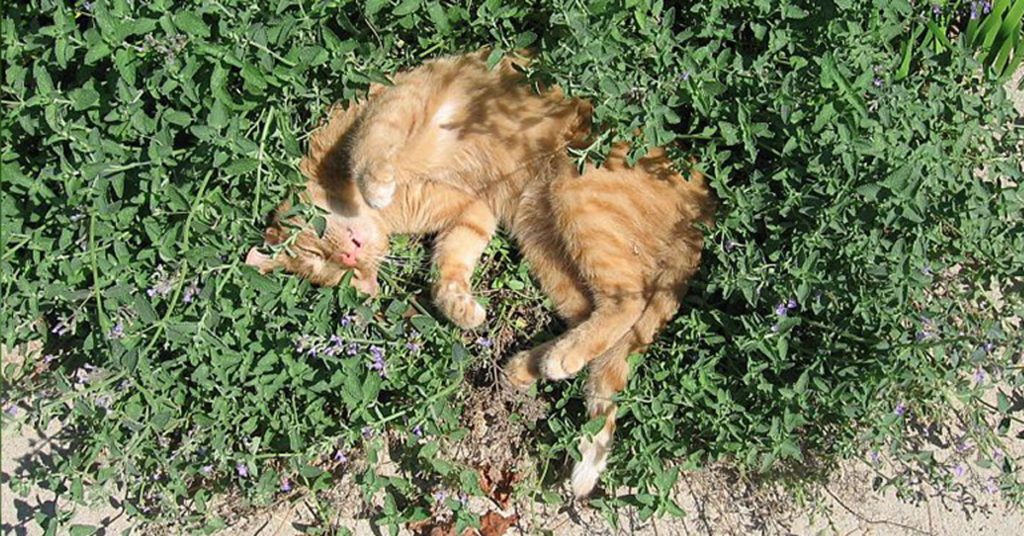
Catmint (Nepeta) is a hardy perennial known for its aromatic foliage and spikes of lavender-blue flowers. It blooms from late spring to fall, attracting bees, butterflies, and hummingbirds. Catmint is a versatile plant that can be used in borders, rock gardens, or as a ground cover.
Plant catmint in well-drained soil and full sun to partial shade. It’s a drought-tolerant plant that requires minimal maintenance once established. Regular deadheading will encourage more blooms and prevent the plant from becoming leggy. Catmint is perfect for adding a touch of fragrance and color to your garden!
Bee Balm
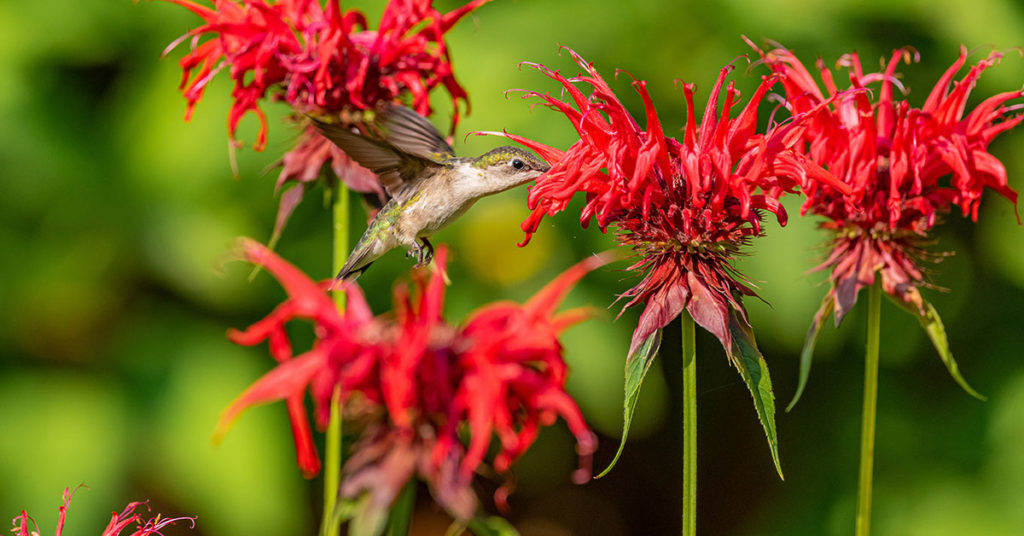
Bee balm (Monarda) is a vibrant perennial that blooms from mid-summer to fall. Its spiky, tubular flowers come in shades of red, pink, purple, and white, attracting bees, butterflies, and hummingbirds. Bee balm adds a bold splash of color to any garden and is a favorite in pollinator gardens.
Plant bee balm in well-drained soil and full sun to partial shade. It prefers consistently moist soil and benefits from regular watering during dry spells. Deadheading spent flowers will encourage more blooms and prevent the plant from spreading too aggressively. Bee balm is perfect for adding height and vibrant color to your garden!
Japanese Anemone
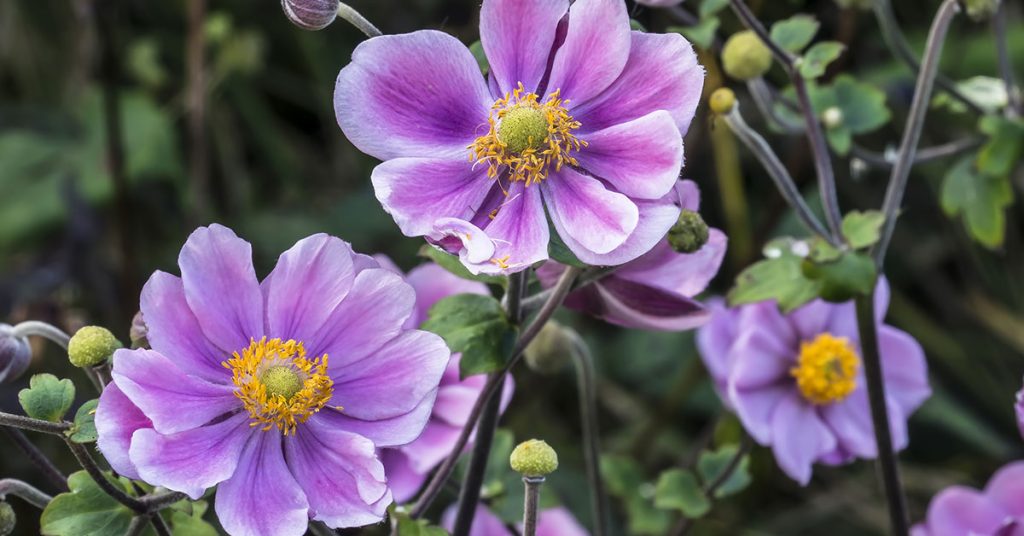
Japanese anemones (Anemone hupehensis) are elegant perennials that bloom from late summer to fall. Their delicate, saucer-shaped flowers come in shades of pink, white, and lavender, adding a touch of grace to any garden. Japanese anemones are perfect for shaded borders or woodland gardens.
Plant Japanese anemones in well-drained soil and partial to full shade. They prefer consistently moist soil and benefit from regular watering during dry periods. These plants can spread over time, so give them plenty of space to grow. Japanese anemones are perfect for adding late-season color and elegance to your garden!
Sedum
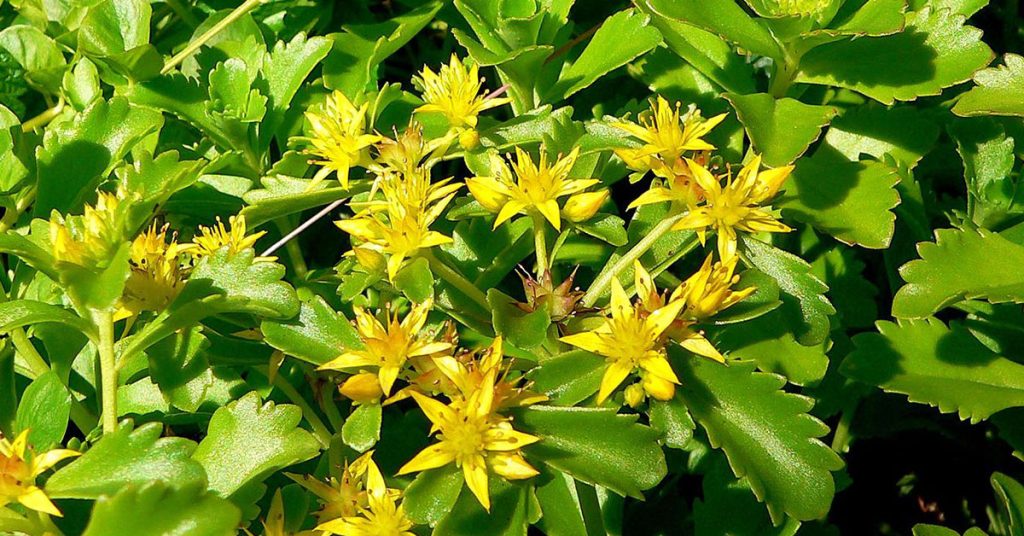
Sedum, also known as stonecrop, is a hardy perennial that blooms from late summer to fall. Its star-shaped flowers come in shades of pink, red, yellow, and white, adding a burst of color to your garden. Sedum is drought-tolerant and thrives in hot, sunny conditions.
Plant sedum in well-drained soil and full sun. It’s an easy-to-grow plant that requires minimal maintenance. Sedum’s fleshy leaves store water, making it perfect for dry gardens. Regular deadheading will encourage more blooms and keep the plant looking its best. Sedum is perfect for adding texture and late-season color to your garden!
Yarrow
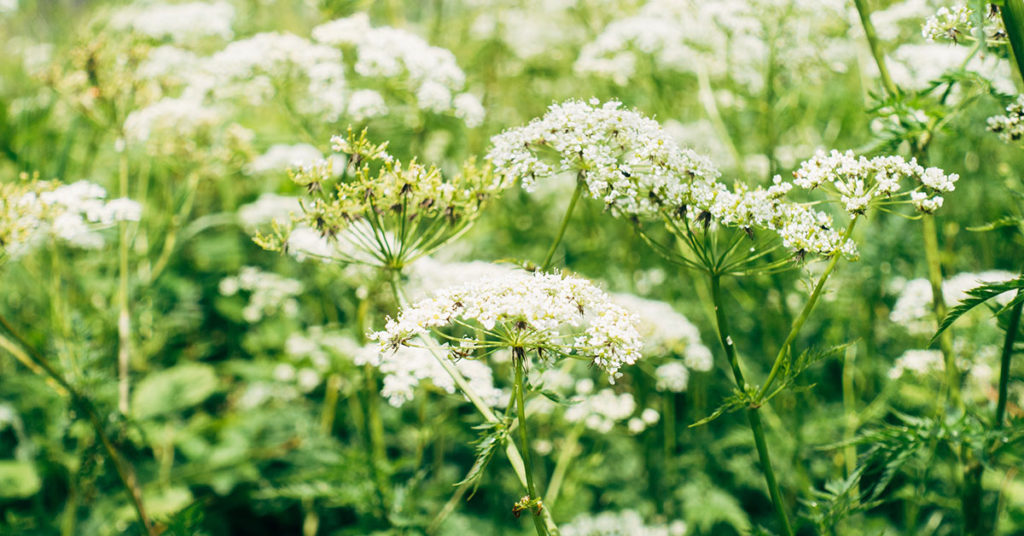
Yarrow (Achillea) is a hardy perennial that blooms from early summer to fall. Its flat-topped clusters of flowers come in shades of yellow, pink, red, and white, adding a vibrant splash of color to any garden. Yarrow is drought-tolerant and attracts butterflies and other beneficial insects.
Plant yarrow in well-drained soil and full sun. It’s an easy-to-grow plant that requires minimal maintenance. Regular deadheading will encourage continuous blooming and prevent the plant from becoming leggy. Yarrow is perfect for adding color and texture to your garden while supporting pollinators!
Phlox

Phlox is a beautiful perennial that blooms from mid-summer to fall. Its fragrant, star-shaped flowers come in shades of pink, purple, white, and red, adding a burst of color and fragrance to any garden. Phlox is perfect for borders, cottage gardens, and cutting gardens.
Plant phlox in well-drained soil and full sun to partial shade. It prefers consistently moist soil and benefits from regular watering during dry spells. Deadheading spent flowers will encourage more blooms and prevent the plant from becoming leggy. Phlox is perfect for adding vibrant color and sweet fragrance to your garden!
Helenium
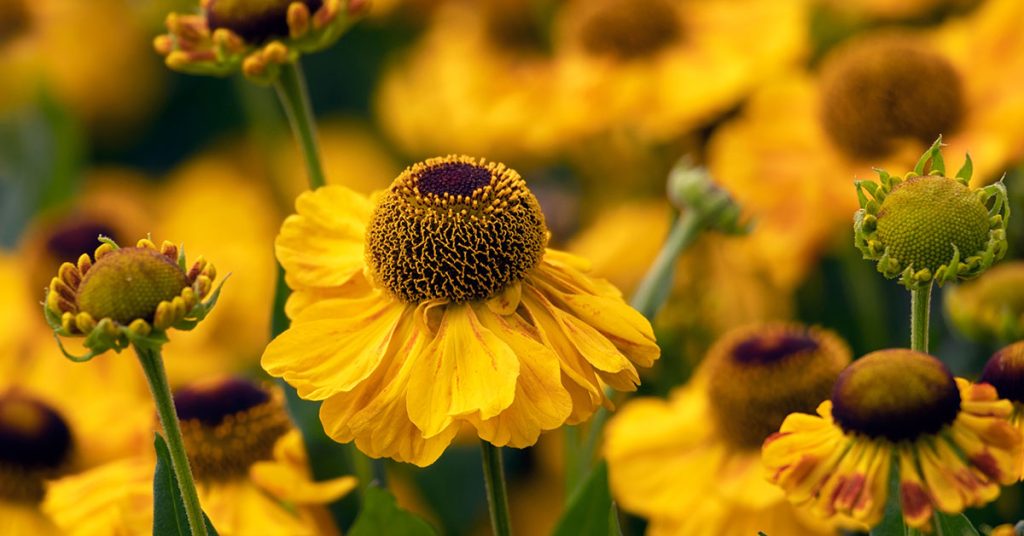
Helenium, also known as sneezeweed, is a vibrant perennial that blooms from mid-summer to fall. Its daisy-like flowers come in shades of yellow, orange, and red, adding a warm, autumnal touch to any garden. Helenium is perfect for borders, cottage gardens, and wildflower gardens.
Plant helenium in well-drained soil and full sun. It prefers consistently moist soil and benefits from regular watering during dry periods. Deadheading spent flowers will encourage more blooms and keep the plant looking its best. Helenium is perfect for adding color and texture to your garden while supporting pollinators!
Penstemon
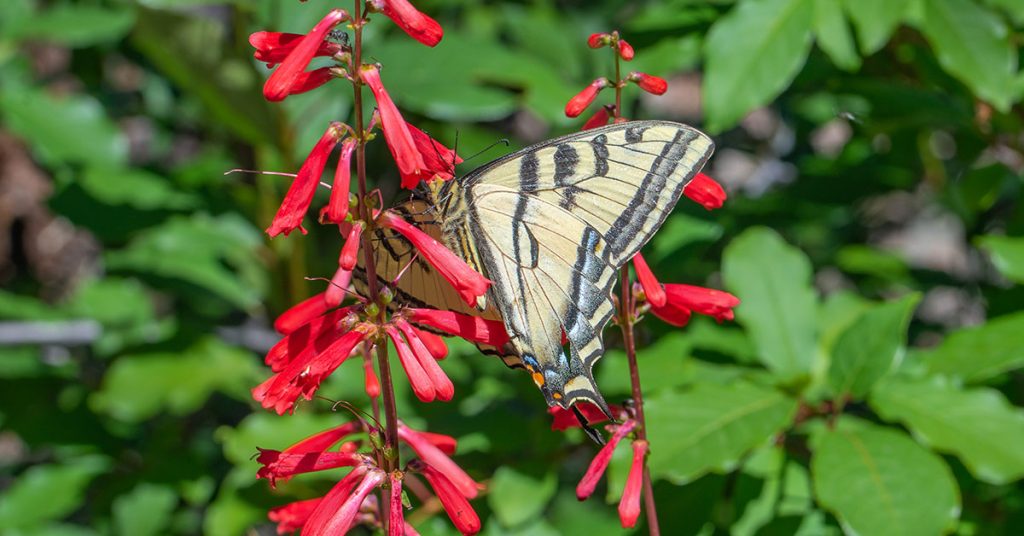
Penstemon, also known as beardtongue, is a hardy perennial that blooms from late spring to fall. Its tubular flowers come in shades of pink, purple, red, and white, attracting hummingbirds and bees to your garden. Penstemon is perfect for borders, rock gardens, and wildflower gardens.
Plant penstemon in well-drained soil and full sun. It’s a drought-tolerant plant that requires minimal maintenance once established. Regular deadheading will promote continuous blooming and prevent the plant from becoming leggy. Penstemon is perfect for adding a touch of elegance and color to your garden!
Butterfly Weed
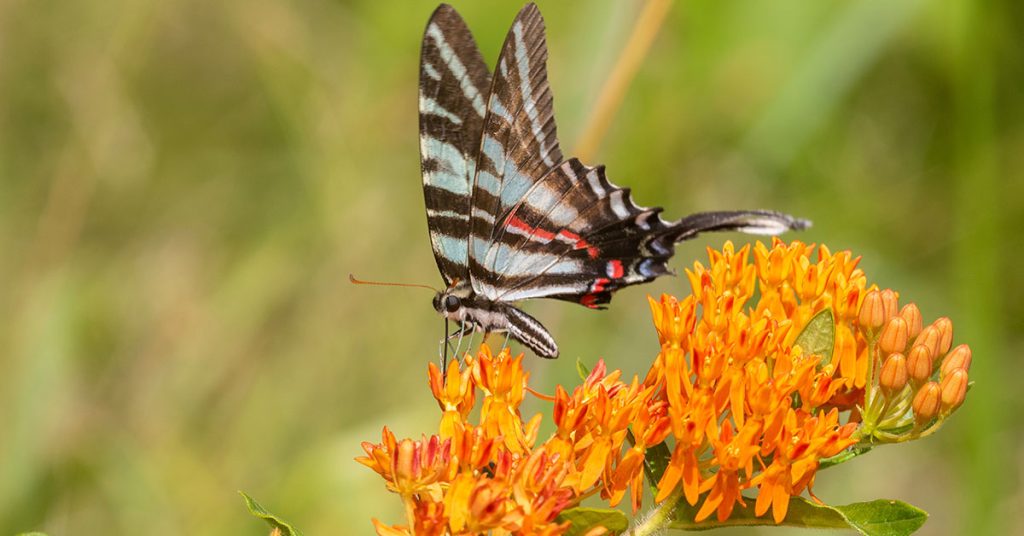
Butterfly weed (Asclepias tuberosa) is a vibrant perennial that blooms from late spring to early fall. Its bright orange, yellow, or red flowers attract butterflies, especially monarchs, and other pollinators. Butterfly weed is perfect for sunny borders, wildflower gardens, and butterfly gardens.
Plant butterfly weed in well-drained soil and full sun. It’s a drought-tolerant plant that requires minimal maintenance once established. Regular deadheading will promote continuous blooming and keep the plant looking its best. Butterfly weed is perfect for adding a burst of color and supporting pollinators in your garden!
Incorporating these perennial flowers into your garden will ensure a vibrant and colorful display from spring to fall. Each of these plants brings unique beauty and benefits, enhancing the overall appeal and health of your garden.




